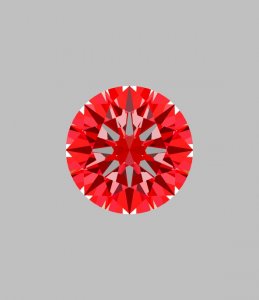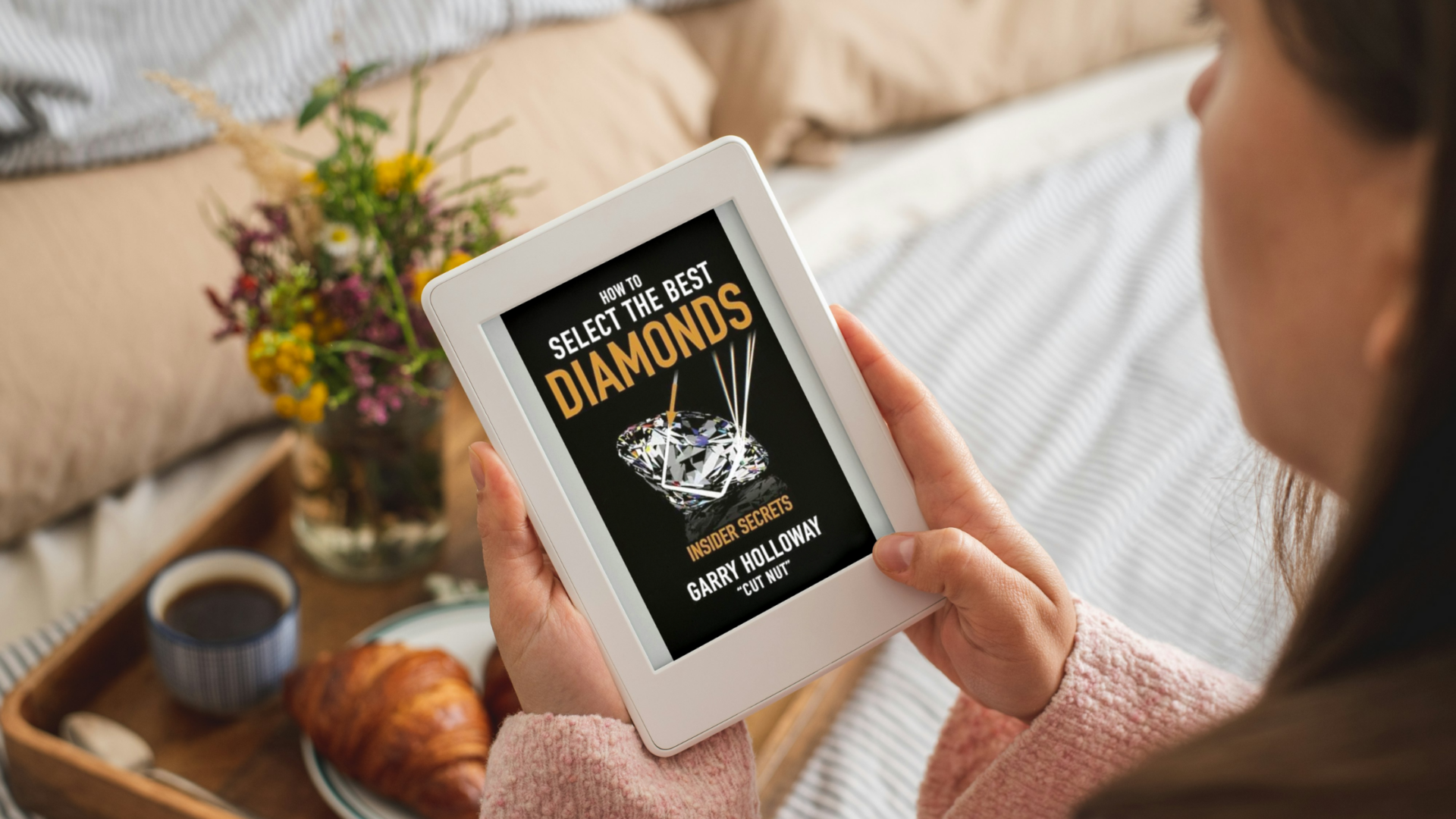I just purchased a diamond and wondered if anyone could show me one of those simulated pics and or tell me what they think of my stone. The HCA seems to say it will be nice.
SI1 H .83 Round $2950
Dimensions: 6.12 x 6.17
Depth: 3.66
Depth: %59.5
Table: %58.9
Crown Angle: 32.4
Crown Height: 13.1
Pavillion Depth: 43.6
Girdle: Medium
Cutlet: None
Polish: Excellent
Symetry: Good
Thanks for any help.
SI1 H .83 Round $2950
Dimensions: 6.12 x 6.17
Depth: 3.66
Depth: %59.5
Table: %58.9
Crown Angle: 32.4
Crown Height: 13.1
Pavillion Depth: 43.6
Girdle: Medium
Cutlet: None
Polish: Excellent
Symetry: Good
Thanks for any help.







300x240.png)